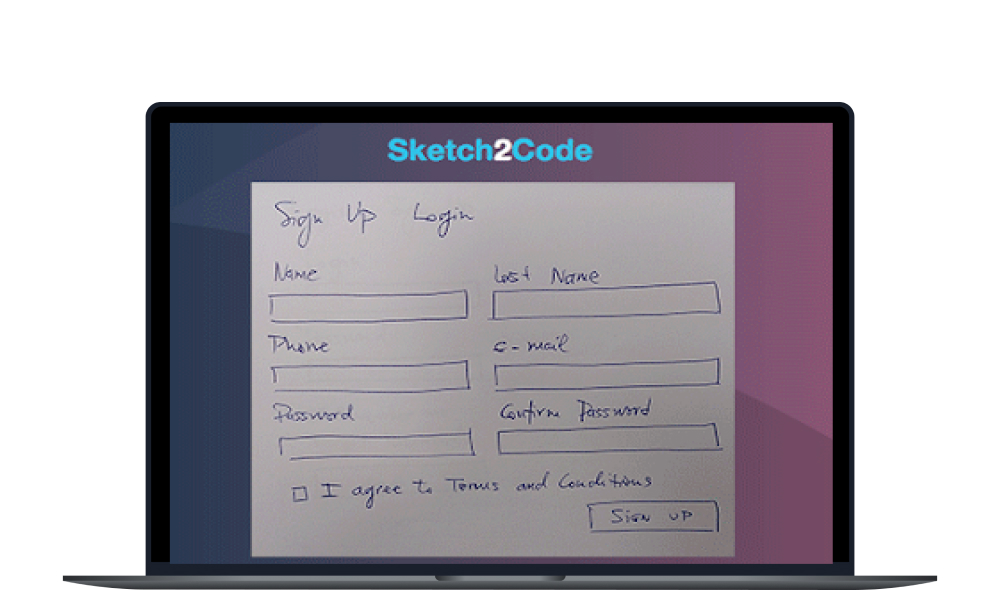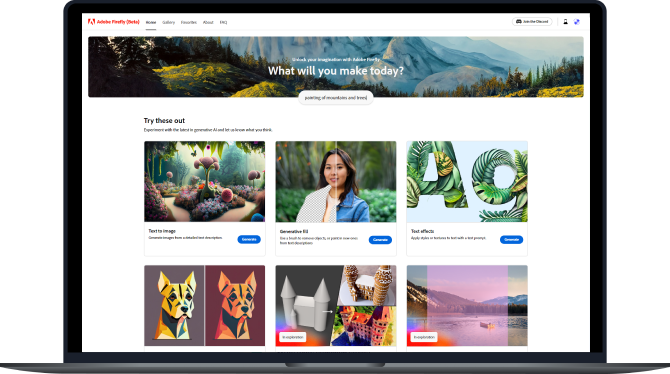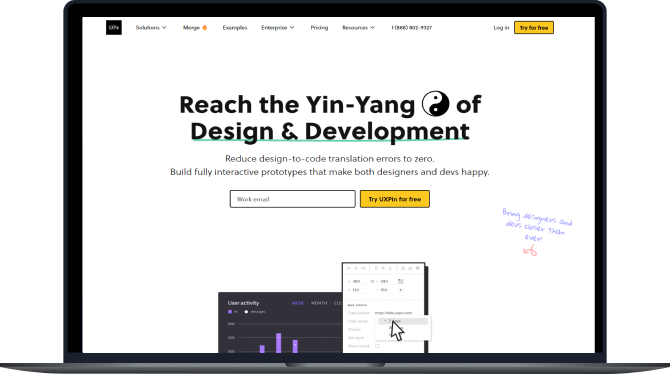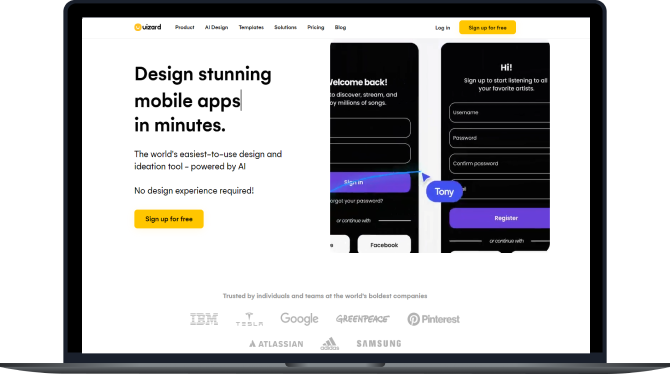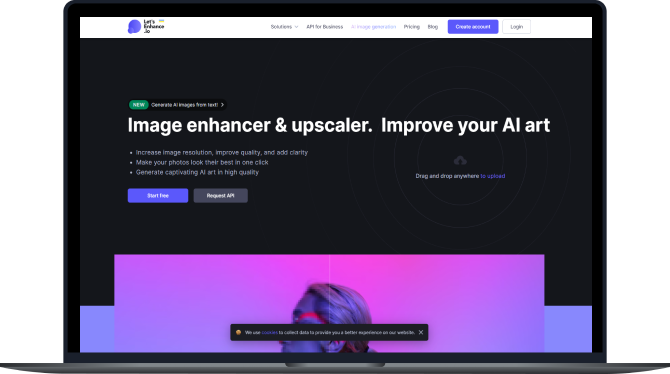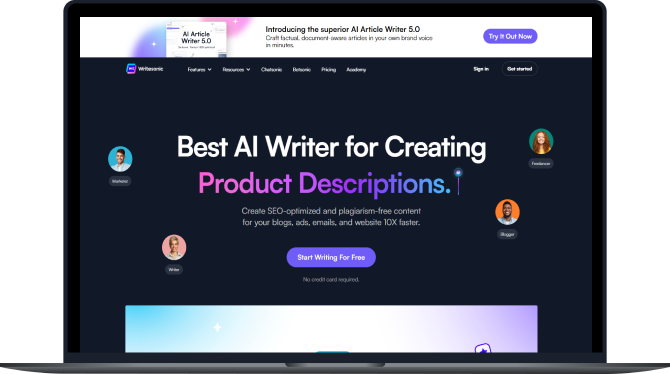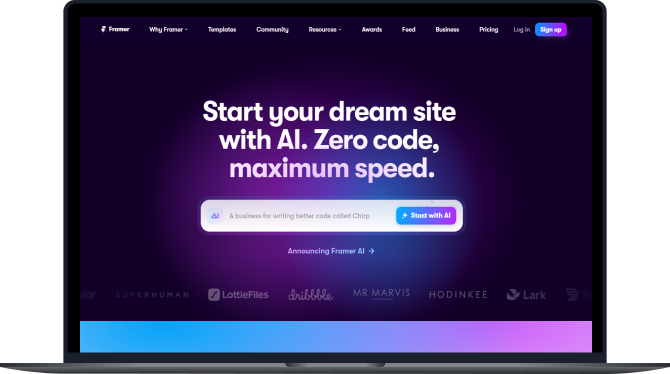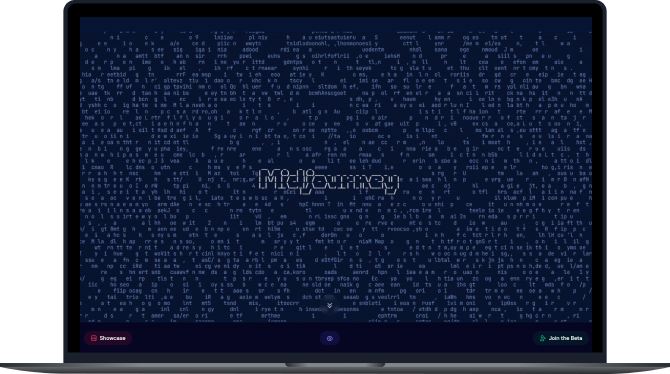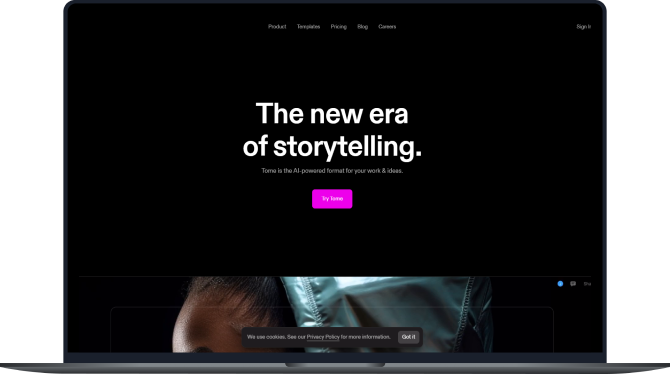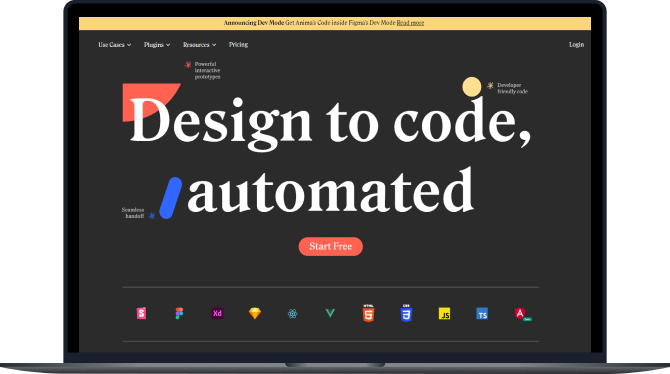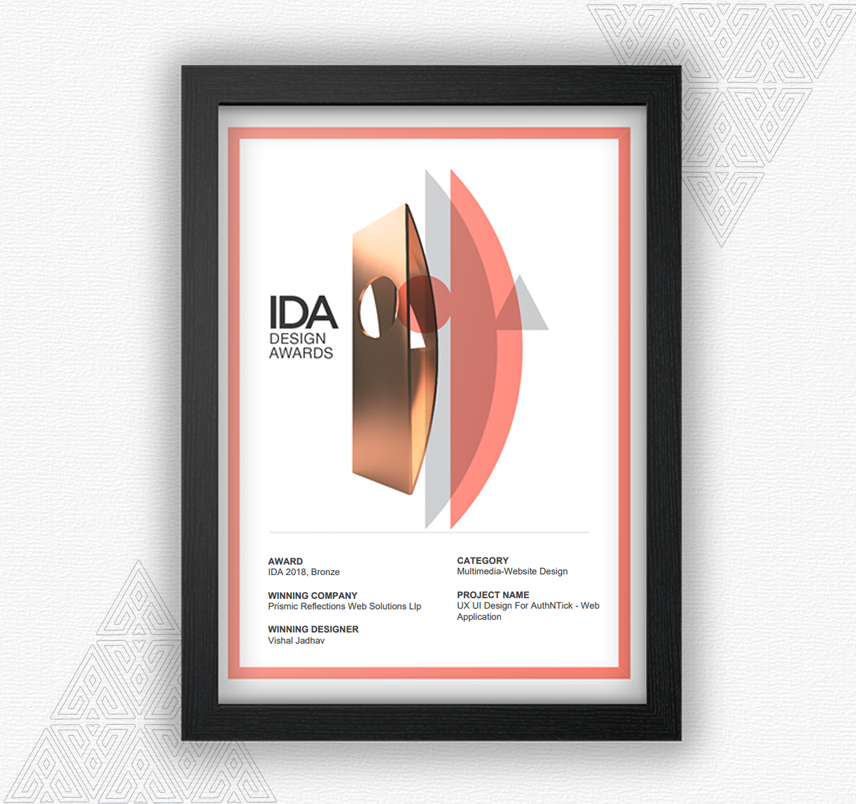Once upon a time in the bustling design studio of Prismic reflections, I embarked on a remarkable journey as a UX UI designer, but this journey wasn’t an overnight transformation. Today as I continue my work in this thriving creative hub, I am eager to share the ongoing story of collaboration – A story that unfolds with each passing day, enriching our designs and propelling us to new heights.
A journey of discovery
Finding true passion in the design world
After exploring various career paths in IT, teaching and banking, I realized that I was yearning for a profession that would bring me true fulfillment. From a young age, I was captivated by art and design, finding joy in expressing my creativity through drawing, painting, and various creative projects. During my maternity break, I made the decision to pursue a career that aligned with my passion and creative mindset. That’s when I discovered the captivating realm of UX UI design, which encompassed everything I had been searching for – Problem solving, user centricity, and a seamless blend of aesthetics and functionality. Through intensive bootcamps & workshops, I cultivated my skills and proudly emerged as a UX UI designer.
Now as a valued member of the Prismic reflections team, I am fortunate to contribute to a range of projects across diverse industries like fintech, BFSI and marketing. This journey with its ups and downs, has ultimately led me to a place of immense joy and satisfaction, where I can fully express my passion and create meaningful user experiences.

Harnessing collective brilliance : Fusing individual talents through teamwork
In this studio, collaboration is not just a concept, It is a living, breathing force that permeates every aspect of our work. As designers, we embrace a mindset that celebrates the brilliance of our teammates and recognizes the value of diverse perspectives. We understand that collaboration is about learning from others, knowing that each person brings their own unique strengths and expertise to the table.
Every point we embark upon is an opportunity for collaborative magic. Like a collaborative symphony, we as a team of designers & developers, coordinate our efforts, ensuring that every instrument in our ensemble plays its part harmoniously. Together we dive deep into the intricate details of user experience and visual aesthetics, crafting captivating & delightful designs.

Building strong connections : Collaborating with clients for exceptional solutions
Collaboration extends far beyond our individual roles. It flourishes at the very core of our relationship, within the studio and with our valued clients. We cultivate an environment where trust and open communication flourish, fostering a strong bond that allows us to tackle challenges with confidence and creativity.
When we collaborate with our clients, we understand that they are partners in our design journey. Their visions and aspirations become intertwined with our own, creating a shared purpose. By truly listening to their needs and aspirations, we are able to co-create exceptional solutions that surpass expectations.

Crafting experiences together : The collaborative design process
As we navigate the ever-evolving landscape of design, collaboration becomes the driving force behind our growth and innovation. We approach each project with an open mind, ready to learn from one another and push the boundaries of what is possible. Together we embrace the challenges that come our way, knowing that they are catalysts for personal and professional development.
And when success graces us, we celebrate as a united team. We take pride in our collective achievements, recognizing that they are the result of our collaborative efforts. Each design accolade, each satisfied client and each milestone reached are testaments to the power of collaboration in our studio.

Embracing the symphony : Gratitude for the journey of collaboration
As I continue my journey in Prismic reflections, I am grateful for the ongoing story of collaboration that unfolds each day. It is a story that inspires us, challenges us, and reminds us of the transformative potential that lies within our collective brilliance.And so dear reader, as I recount this tale of collaboration, I extend an open invitation to those with a passion for design and the vision to create exceptional experiences.
Whether you are seeking to experience the magic of collaboration firsthand or looking for exceptional design solutions, I welcome you to explore more about us on our About Us page “https://prismicreflections.com/about”. If you are inspired by the story and wish to be part of our team, I encourage you to visit our Career page “https://prismicreflections.com/career” to learn more about exciting opportunities. Together, we will keep crafting exceptional designs, united by the magic of collaboration and driven by our shared passion for creating remarkable user experiences.
Main Author :
Padmini Paithane
UX UI Designer at Prismic Reflections®
